Oranienburg-Post Nr. 6
Introduction
In July 1997, an area of 45 km² around the city of Oranienburg was systematically scanned by helicopter flight on behalf of the »Bundesamt für Strahlenschutz«. The aircraft was equipped with a gamma spectrometer that recorded radiation anomalies on parallel flight paths at an altitude of 200 m. Already after the fall of the inner German border, in 1991, the responsible Landesbundesamt had carried out measurements of the local gamma dose rate on the ground. Both measurement campaigns confirmed what was already known during the GDR era: individual areas in Oranienburg had gamma values up to a thousand times higher than the regional average.
Gamma radiation is produced when an atomic nucleus transitions from an excited state to a lower-energy state. This usually occurs as a result of a previous alpha or beta decay, and unlike these, it does not involve the release of elementary particles, but rather high-energy electromagnetic radiation. This radiation is difficult to shield against and therefore has a long range.
Hence, the clear objective of these measurements and subsequent remediation activities was to reduce the radioactive contamination in this region. Two further measurement campaigns in May 2003 and November 2018 confirmed the »effectiveness of the measures taken«:
However, anyone walking through Oranienburg today will find numerous traces of these remediation measures: silent witnesses to the interventions, indications of future measures, or simply warnings of unknown dangers. One cannot help but suspect that the causes of this environmental damage are much older and more complex than three decades of remediation history. My first research question therefore focuses on the historical causes of gamma radiation in Oranienburg. This leads secondly to the follow-up question of why there was a turning point in the handling of these material residues at the beginning of the 1990s, or whether it was actually a clear turning point. And thirdly, Oranienburg is still emitting radiation. Today’s gamma dose rate is in the range of 60–80 nanosieverts per hour, with maximum values of around 300 nSv/h. So what is the relationship between remediation measures and long-term storage?
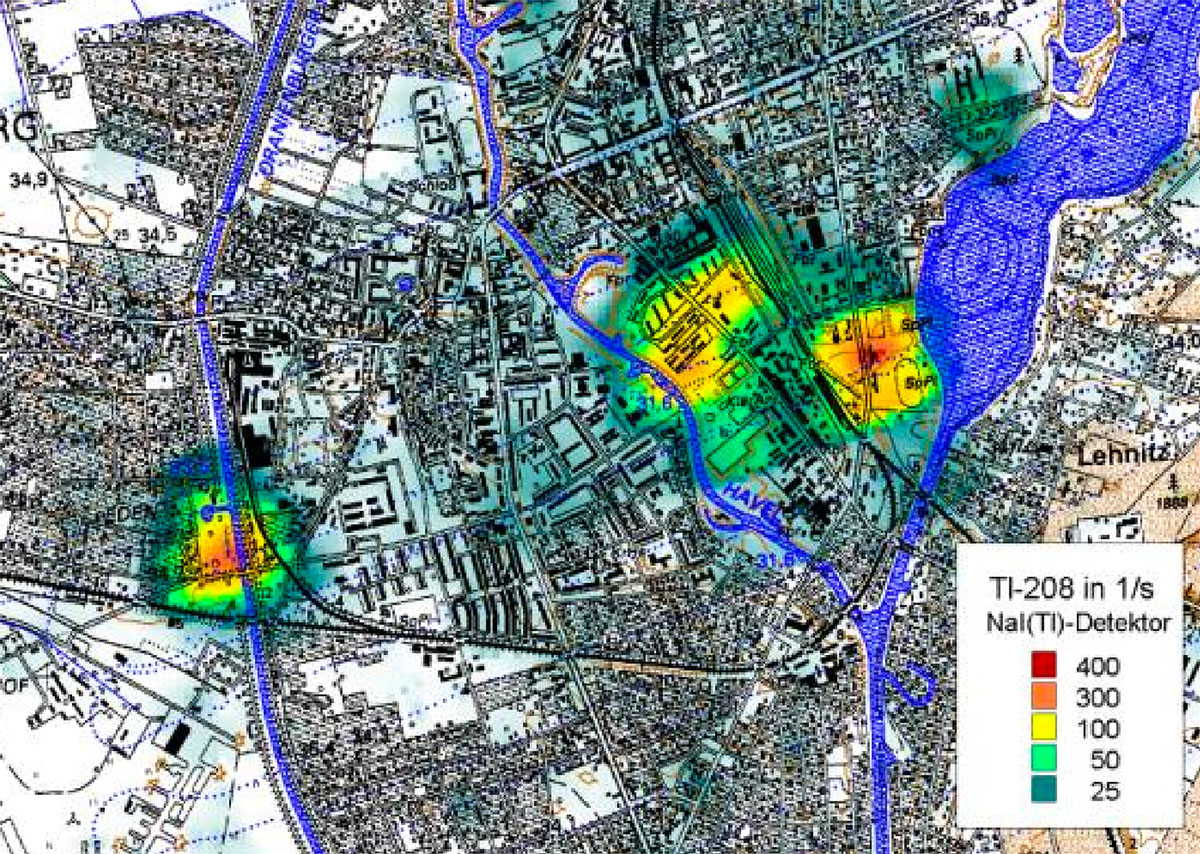
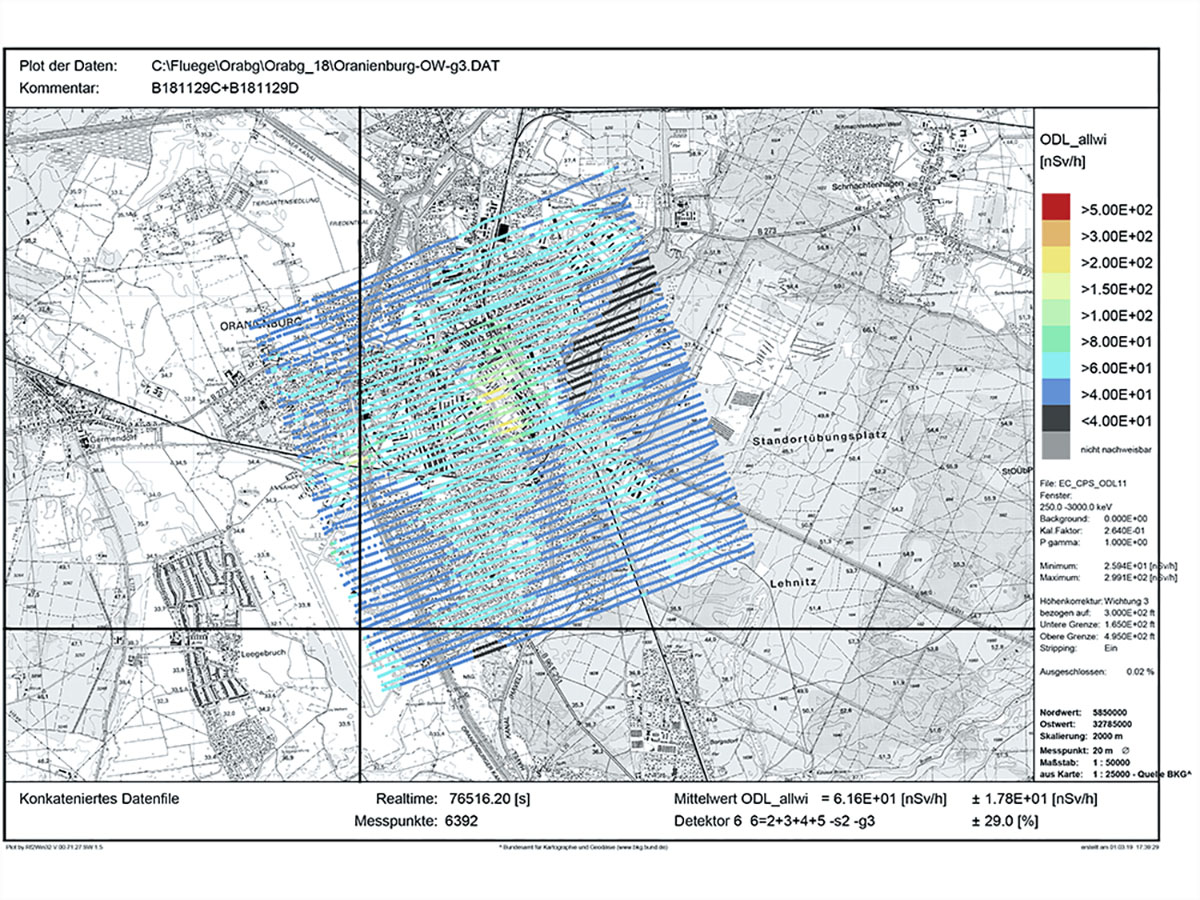
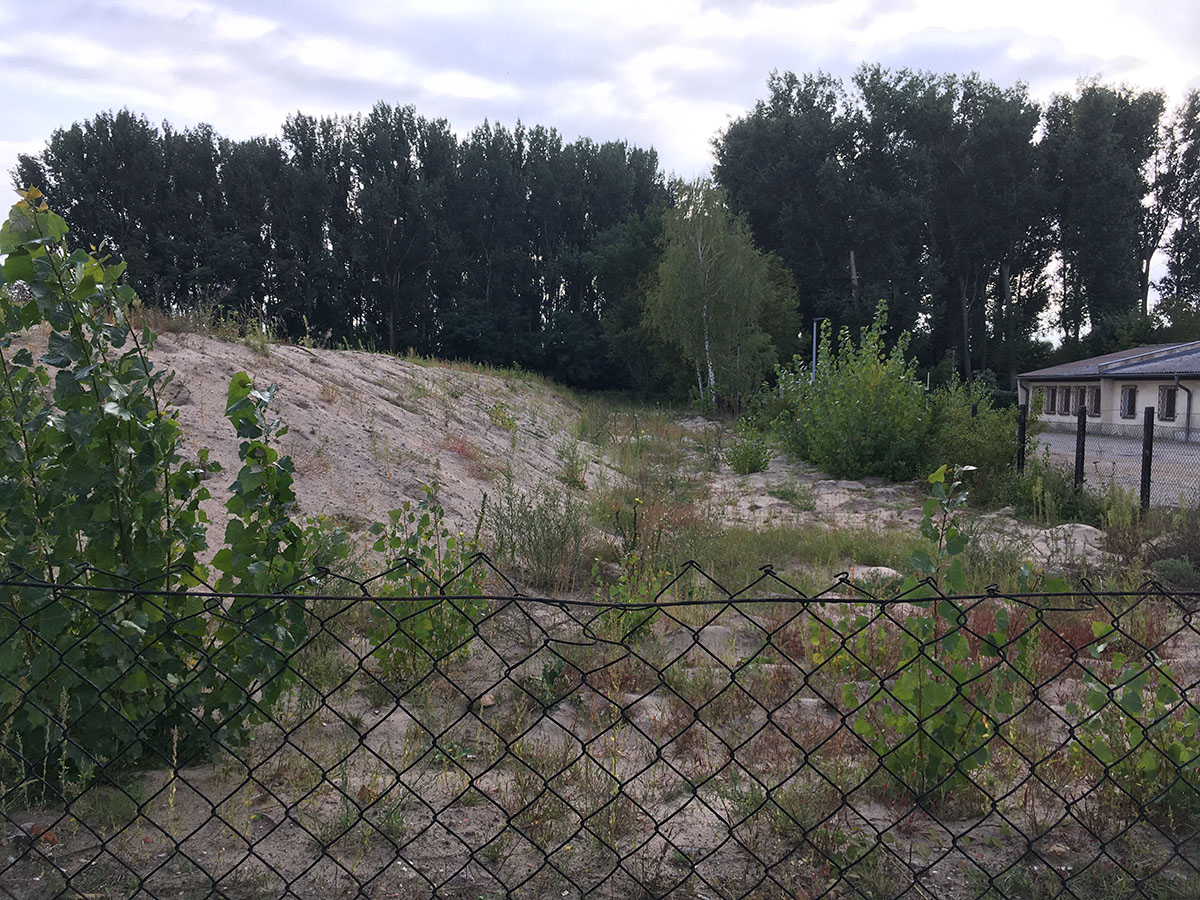
Causes/History
Let us return to July 1997. The helicopter-borne measurements revealed a clear structure. There were four localised areas with significantly elevated radiation levels.
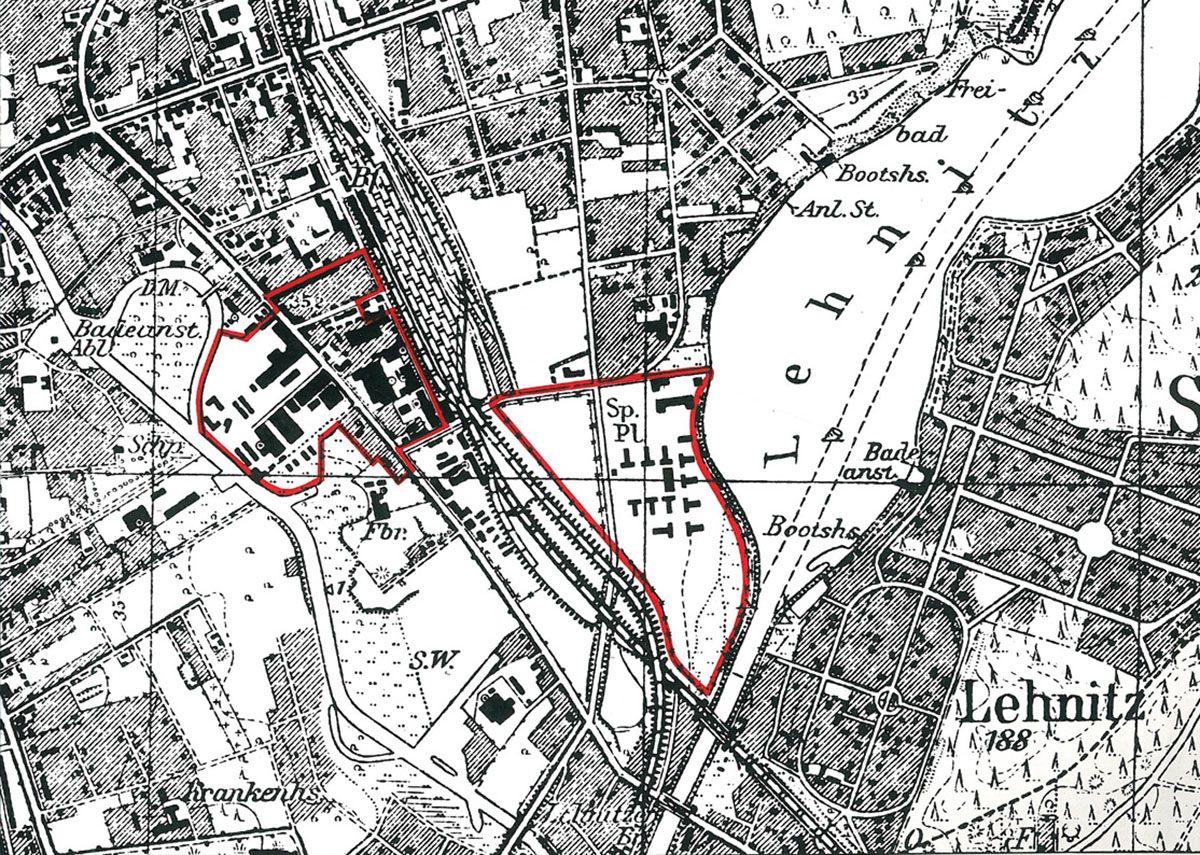
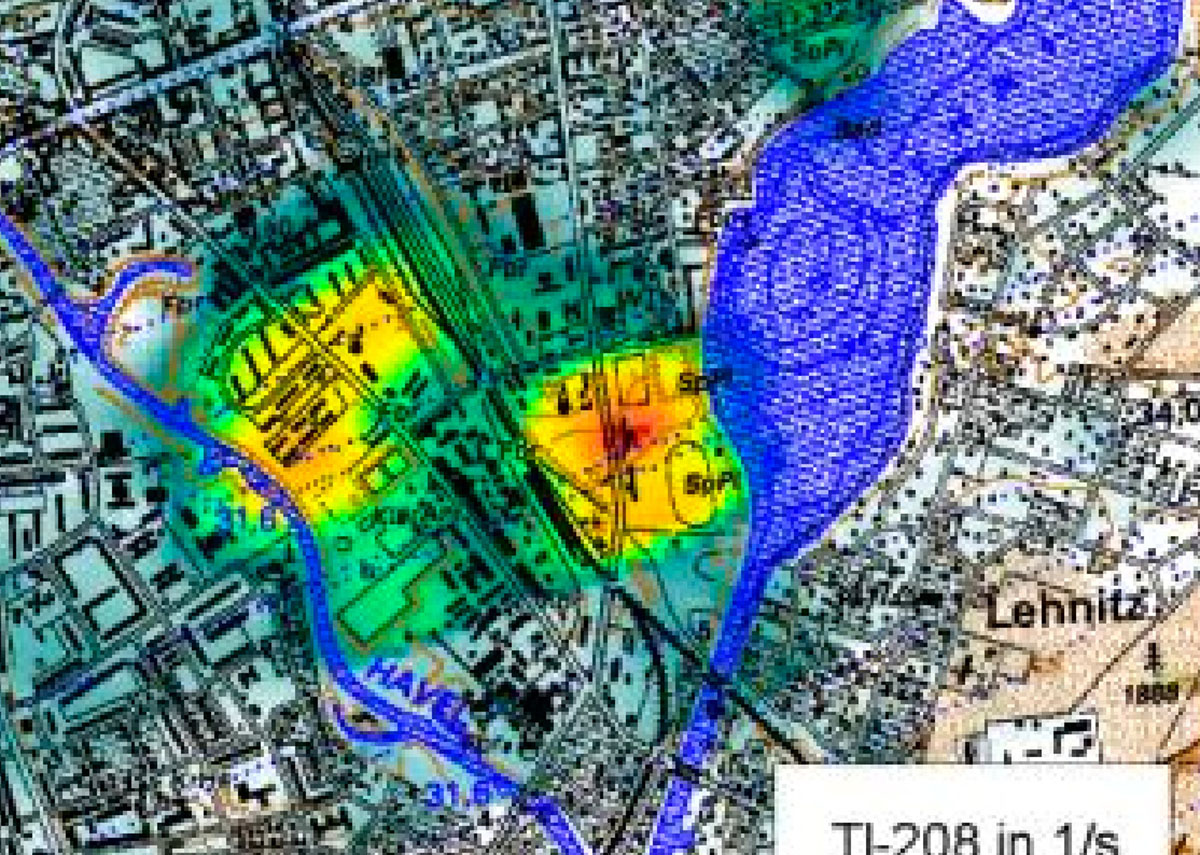
What is the history of this element thorium? At this point, I will cut short the description of our intensive archival and historical research to find the exact causes of this contamination. So, how did thorium—and with it uranium and radium—end up at this exact location in Oranienburg?
Thorium does not occur naturally in Germany. It is an industrial raw material. Thus, our first approach was to search for radioactive products in the context of the radium hype of the 1930s and atomic research in the 1940s. This approach is in line with the current state of research:
In addition to thorium, uranium and radium were also processed at the Auer plants before and during the Second World War for thorium gas mantles and for medical and cosmetic articles. The processing of uranium and the use of radium salts also took place on a large scale at the Auer plants as part of the »Atomforschungsprogramm« from 1940 onwards.
What else could the radioactive remains be leading to other than radioactive waste? But, as is so often the case, the story is much more complicated.
In fact, the Auer factory was located at the Lindenring contamination site. Unfortunately, there are no visible material residues from the factory buildings. This makes it all the more important that an aerial photograph of the Auer plant from 1928 has been preserved. The factory premises are clearly within the contamination spot, as shown by a superimposition of the 2018 measurements with OpenStreetMap. However, this representation also shows that it is impossible to prove any connection between specific work processes in the factory and corresponding material residues on the basis of these sources.
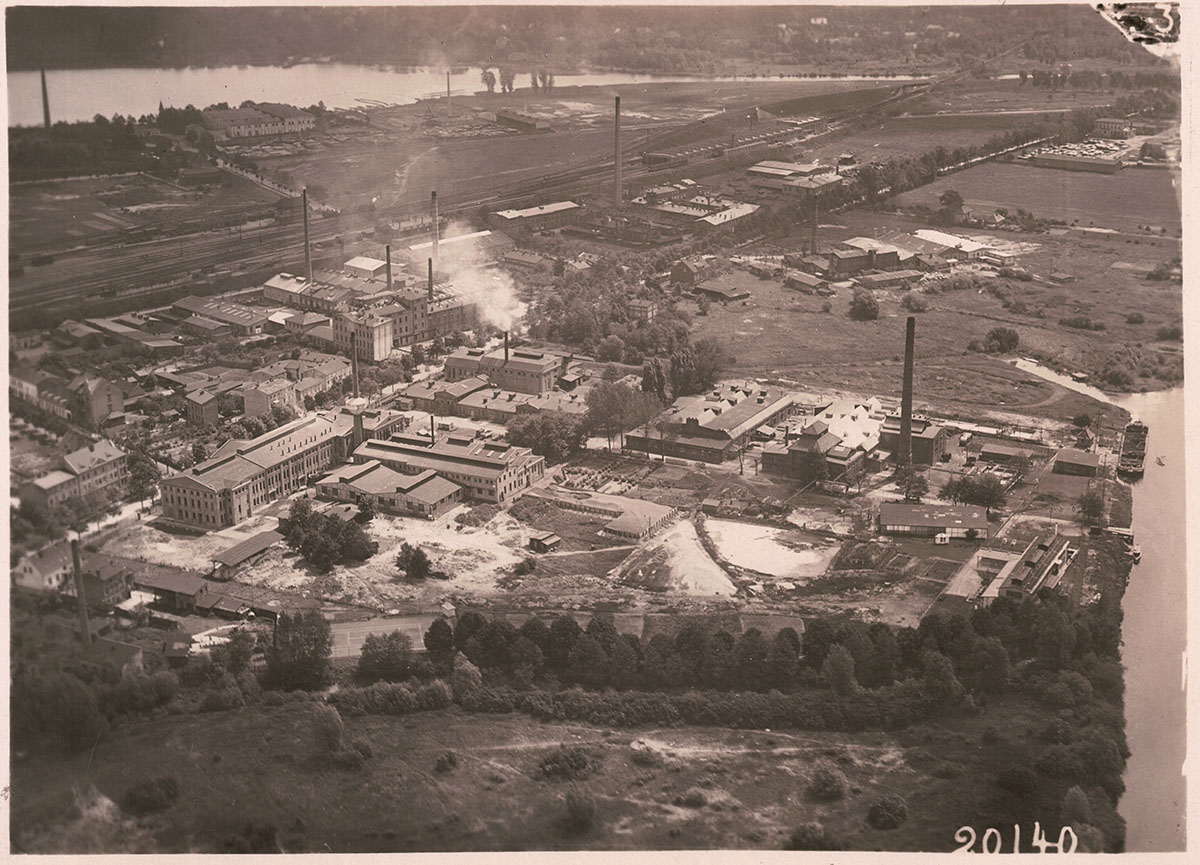
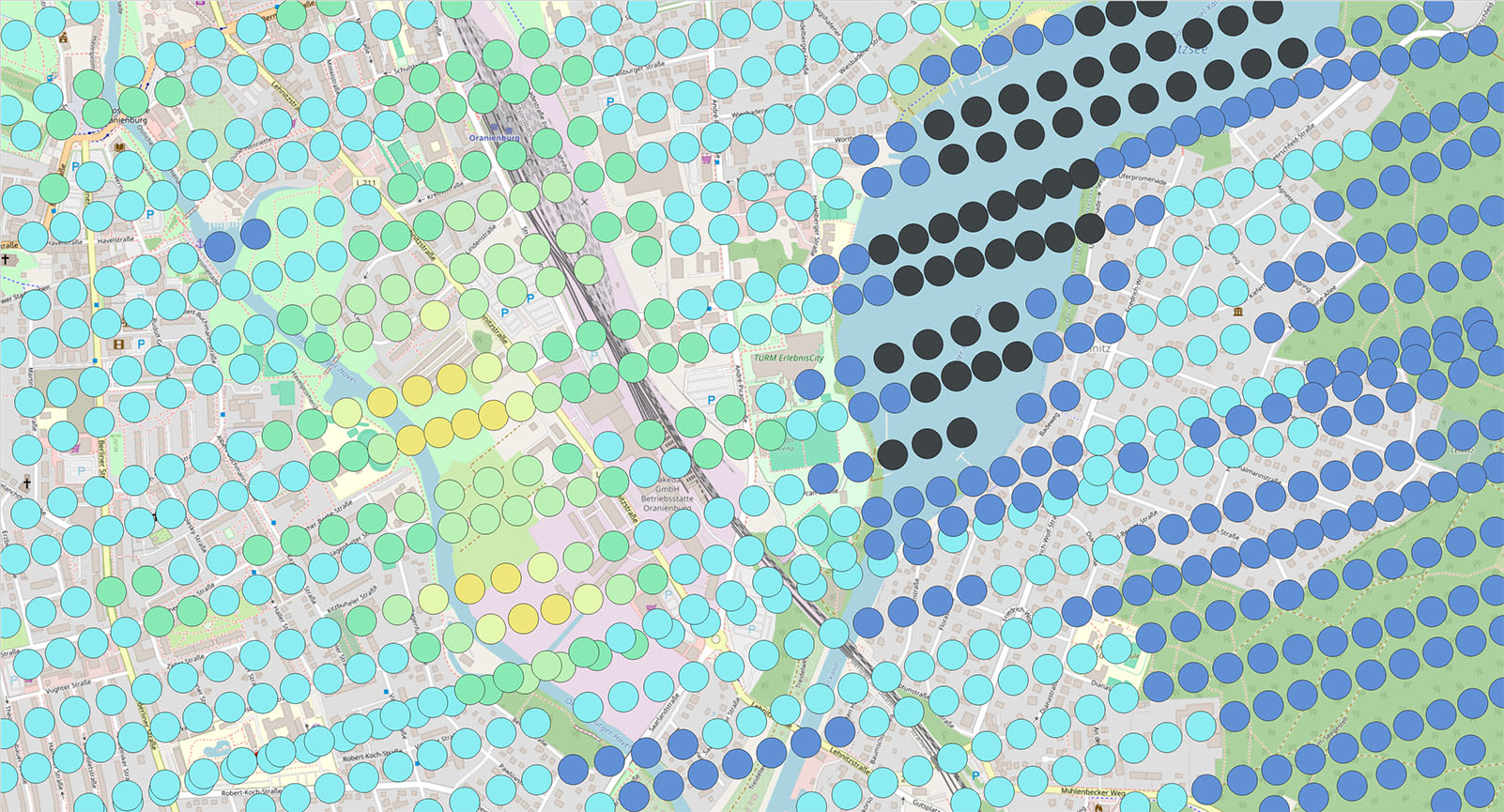
Then why did not a single brick survive the factory’s subsequent history? Air photos taken by the American Allies assess and document the effects of Oranienburg’s carpet bombing of 15 March. A comparison of the »Damage Assessment Reports« with a site plan of the factory from 1940 confirms the extent of the destruction. This visualisation via different historical layers in QGIS enables the identification of specific buiding groups. This brings us back to the question of why and for what purposes thorium was processed at the Auer plant.
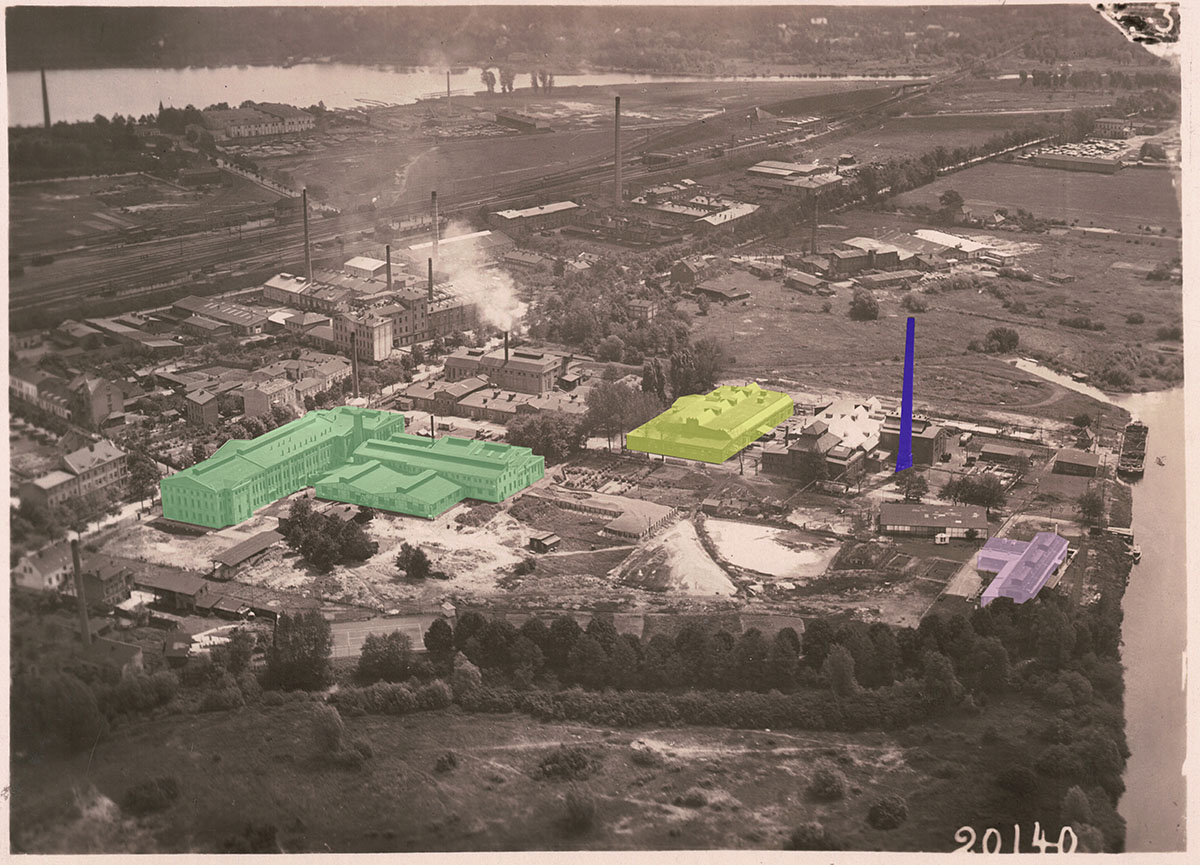
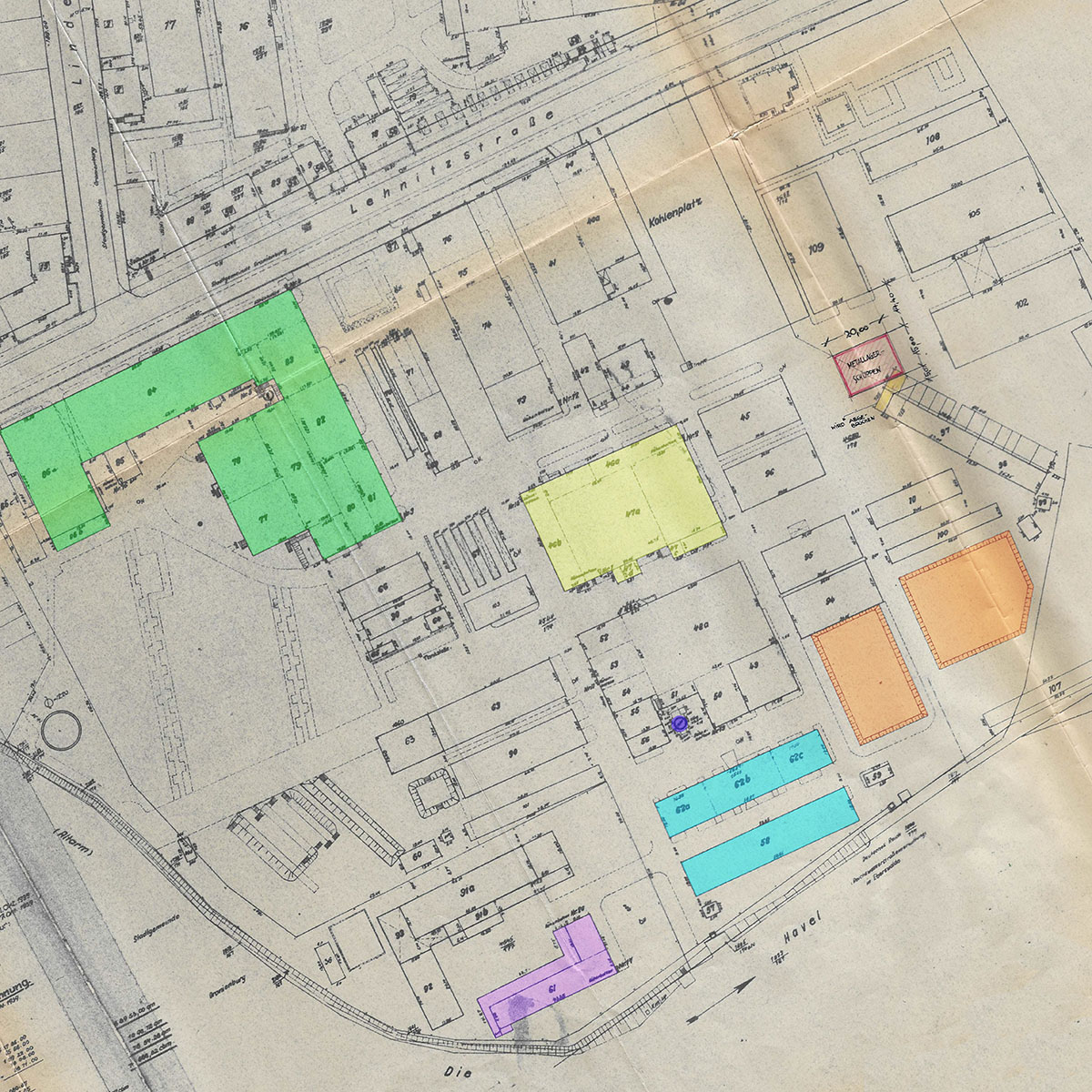
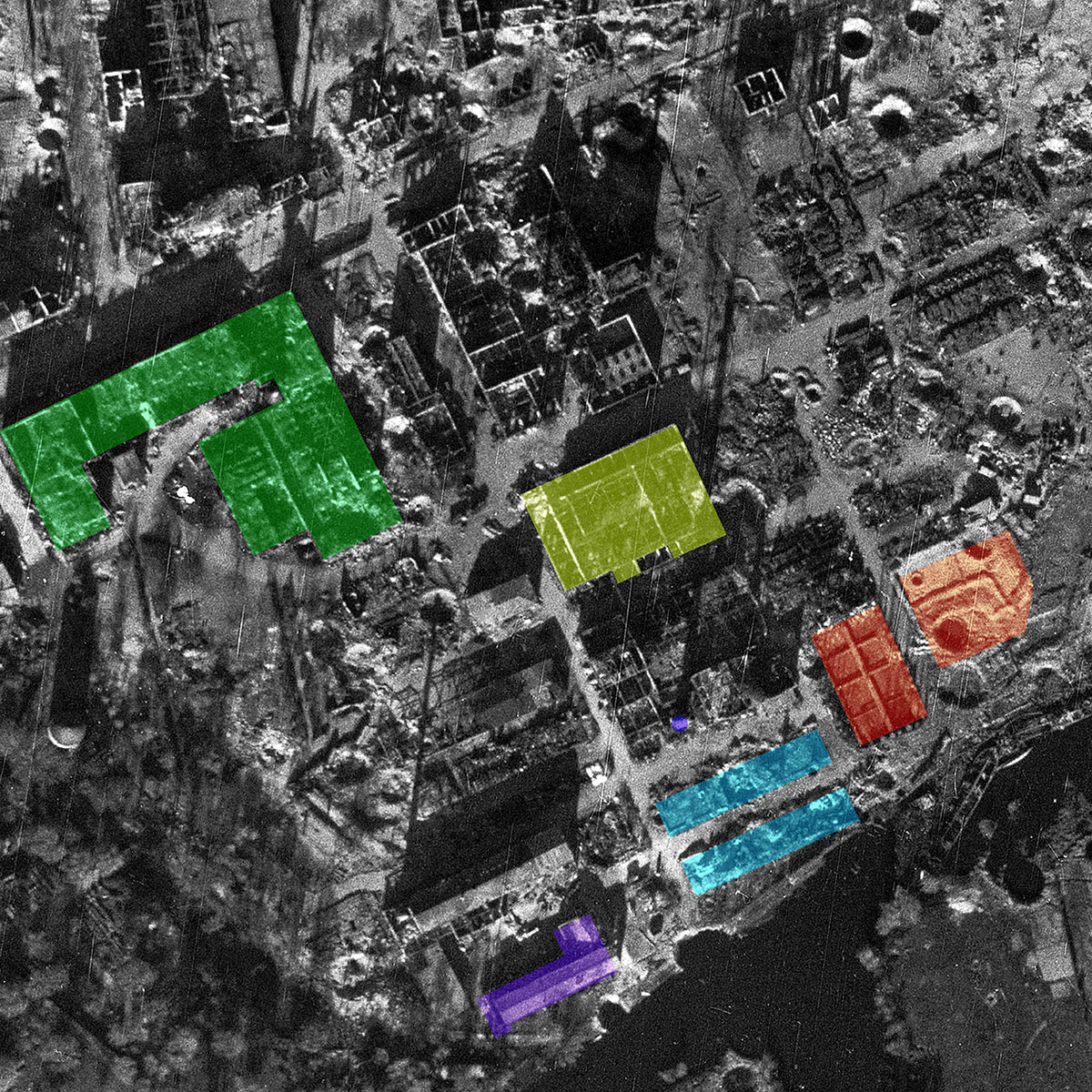
At this point, I will again very shortly summarise the status of our research, which consists, among other things, of the evaluation of approximately 120 archive files. Around 1937, after a long phase of acquiring knowledge about the effects and processing of radioactive raw materials, Auer was increasingly involved in the war economy.
I will now argue that Auer’s knowledge, extraction practices and processing facilities did not arise in the context of radioactivity research. Rather, the plant’s long history is interwoven and arises with the processing of monazite sand. This raw material was used for the production of gas mantles and thereby the illumination of large cities with incandescent gas light. An extremely complex production process was needed to extract the rare earth element thorium from the raw material monazite—which also contains other radioactive trace elements such radium and uranium. But the main point of my argument is, that at the beginning of the industrial gas mantle production the radioactivity of thorium played active no role. Our thesis is therefore that Oranienburg, together with its material residues, should not be understood as an exemplary case of the nuclear age, but rather as an opportunity to interpret the nuclear age as part of the age of rare earths.
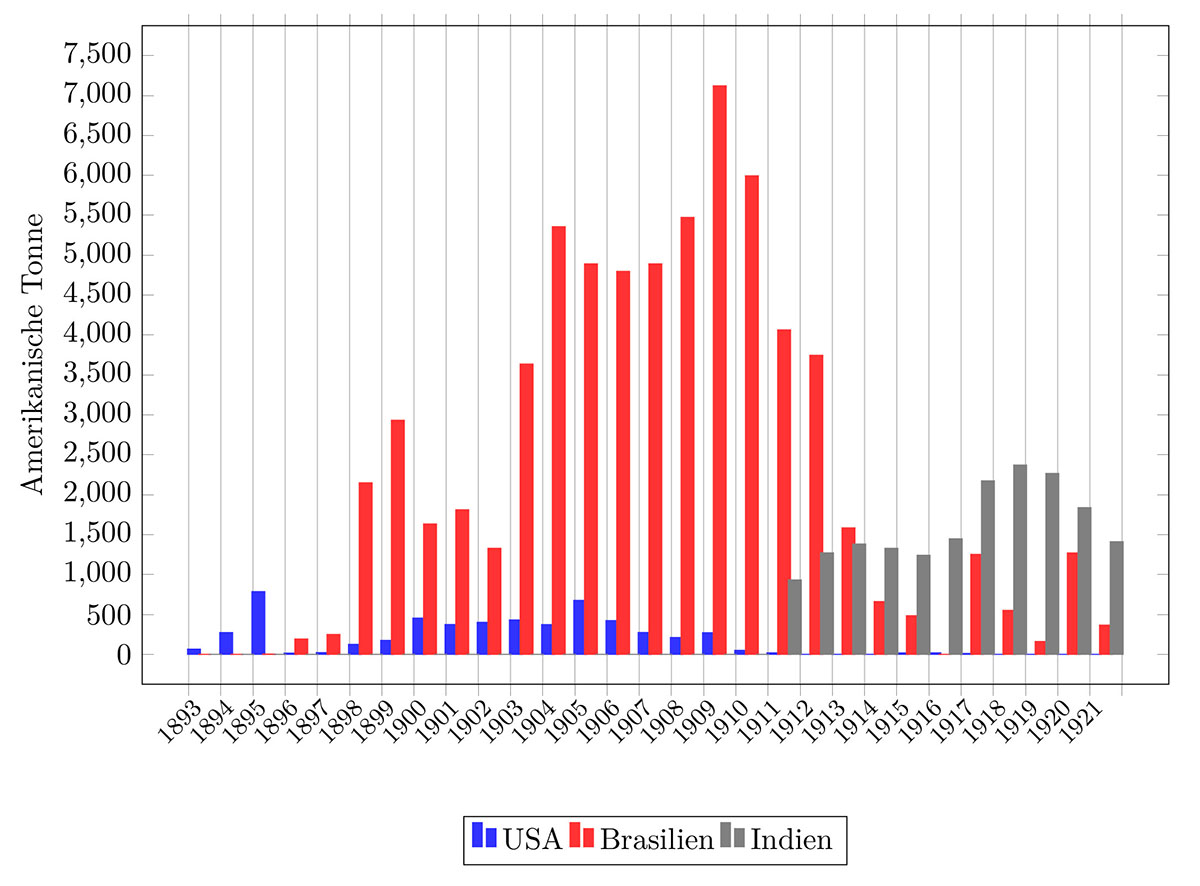
Since the founding of the company »Chemische Fabrik Germania GmbH« in 1903,
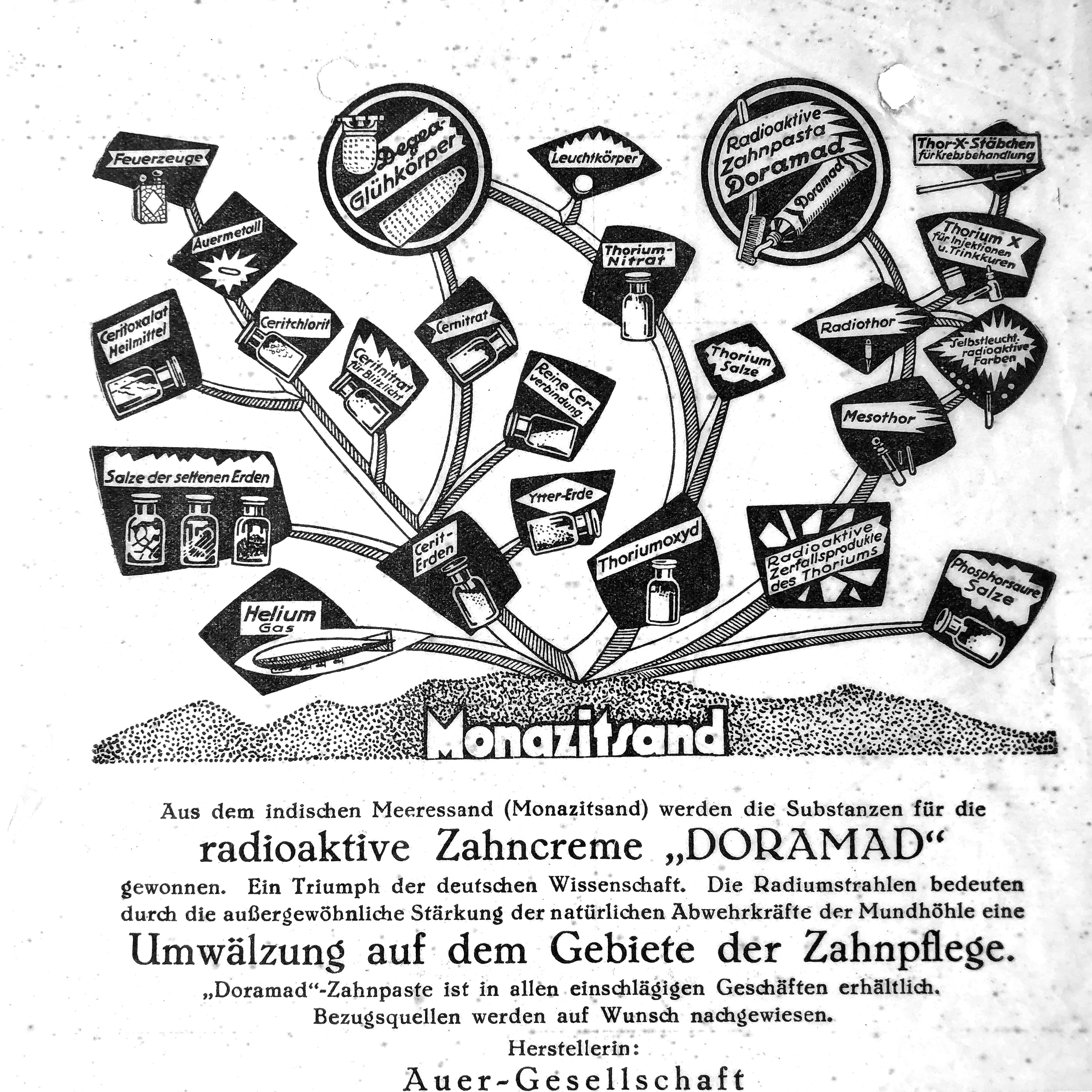
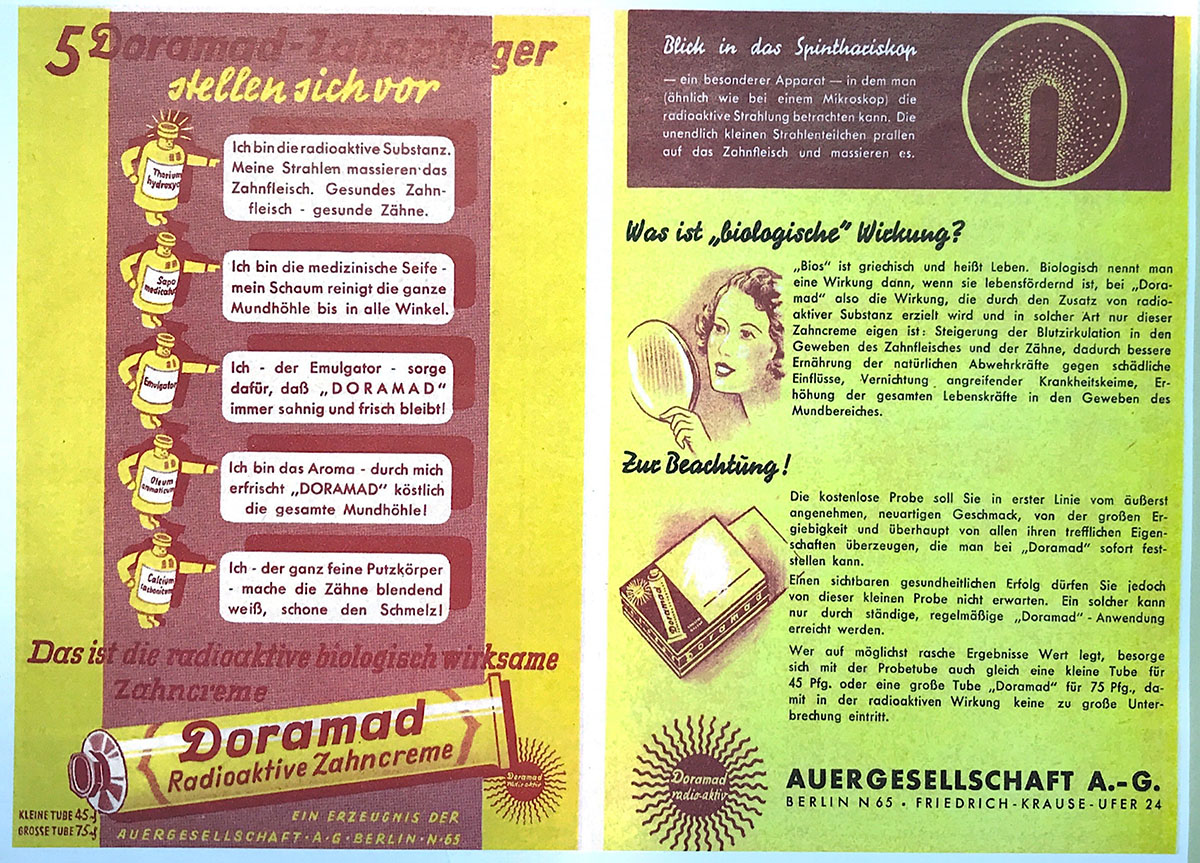
All three moments are decisive for my longue durée argument and for our thesis that nuclear power should be understood as part of the age of rare earths. It is commodification that leads from incandescent mantles to the dubiouse uranium machine: in order to maintain the economic power of the company, the Auer company had to diversify its products. This firstly led to the production of radioactive luminous paints or toothpaste, then to the mass production of gas masks, and finally to the conversion of the manufacturing complex for uranium enrichment. To sum it up: rare earths only became radioactive around the time of the First World War, when it was necessary to open up new markets and new products.
Radioactive Turning Point
Globalisation, environmental pollution and commodification are thus the main three factors that make Oranienburg an exemplary case of the longue history of rare earths. This raises the methodological problem of how to deal with the break between the end of the Second World War and the fall of the Berlin Wall.
According to a company chronicle, the clearance of the site began immediately after the bombing. Much of what the Soviet occupiers identified as raw materials and materials, was carted away, including a »relatively large stock of uranium« oxide, which was stored in barrels in a shed on the factory premises.
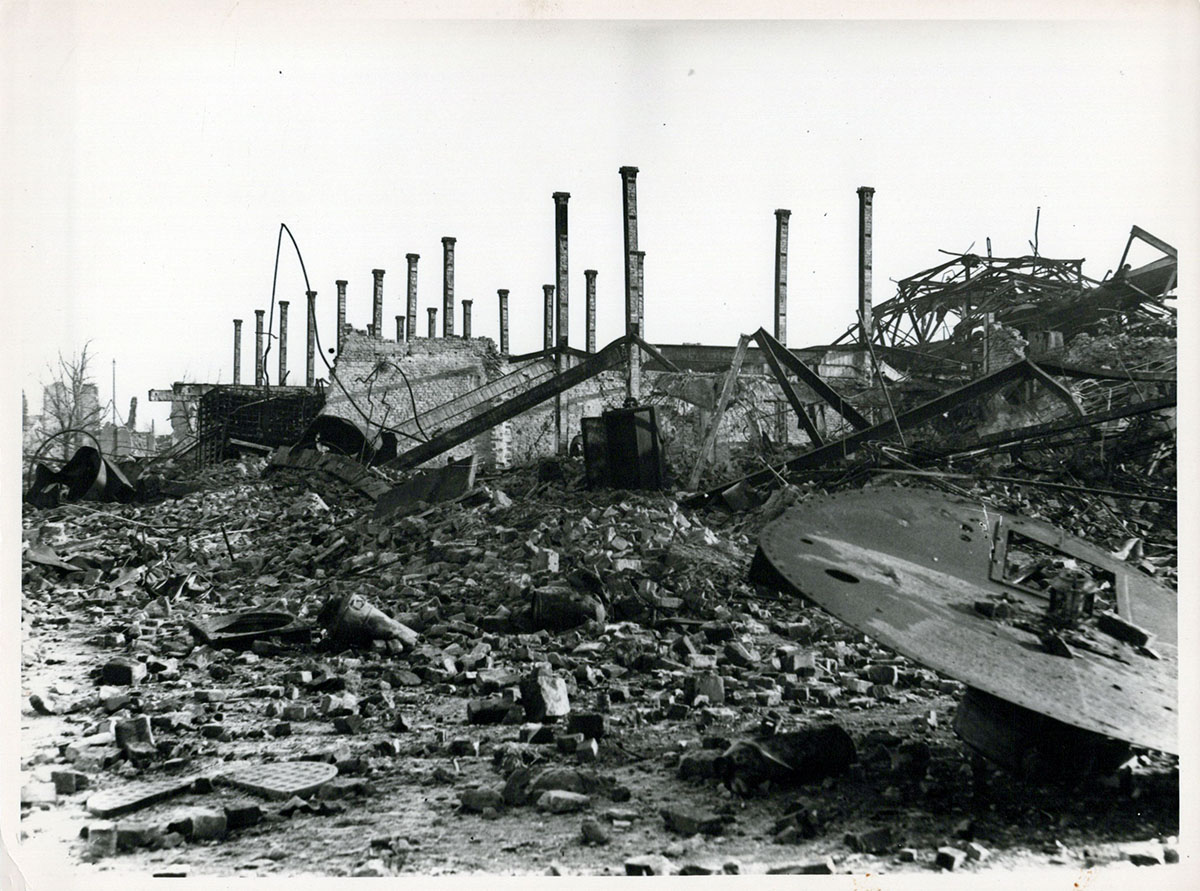
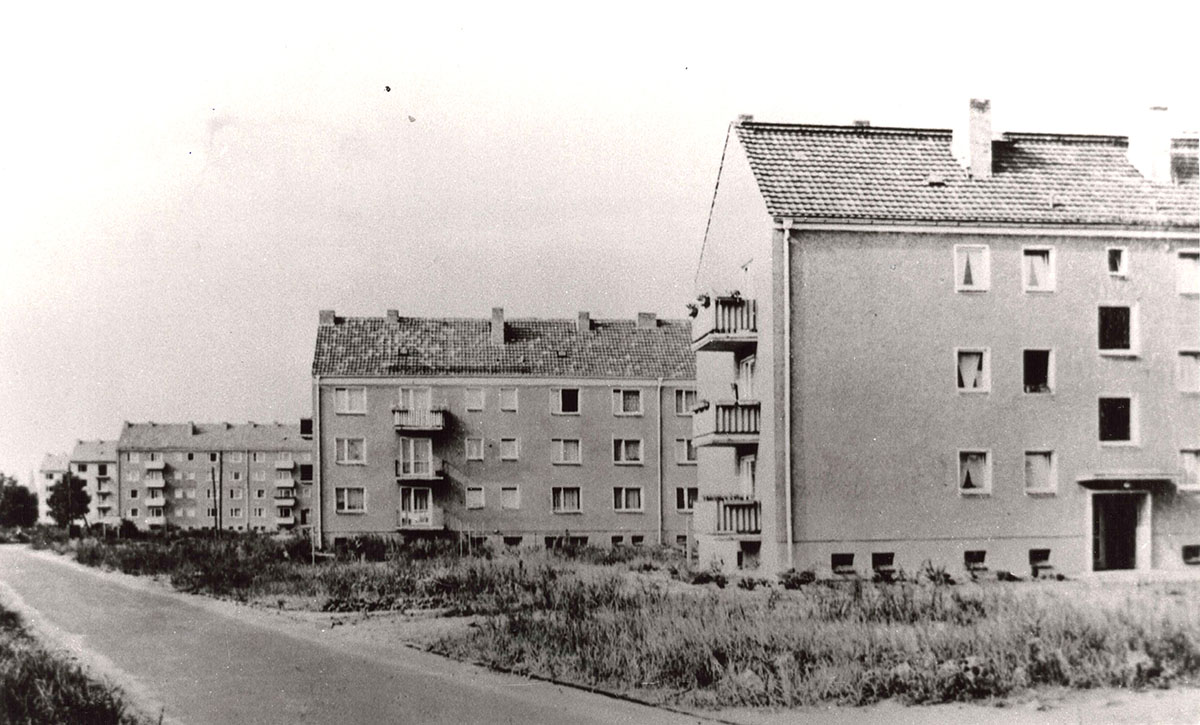
The Stadtarchiv Oranienburg holds a photograph of Lindenstraße dating from 1964. Hence the Lindenstraße, which is located in the middle of the former factory site, had been rebuildt by this time at the latest.
However, due to the limited availability of sources, it is extremely difficult to comment on how knowledge about radioactive contamination of the site was handled in the GDR. On the one hand, the redevelopment of Lindenstraße and the construction of a Kindertagesstätte in the immediate vicinity are clear indications that awareness of the dangers was not very prevalent at that time, at least in public discourse. On the other hand, the GDR maintained a national cancer registry with almost complete coverage since 1952. The data from the 1.8 million registered cases is currently being evaluated by us.
In any case, we should avoid the fallacy of characterising the period between 1945 and 1985 as naive or even ignorant in terms of environmental awareness. Knowledge of pollutants is strongly determined by historical and cultural factors. The extent of this is evident in the first documents for public awareness of radioactive remnants of Oranienburg’s history. Newspapers of the 1990s are intensively struggling for attention, relevance and assessment of the Auer heritage.
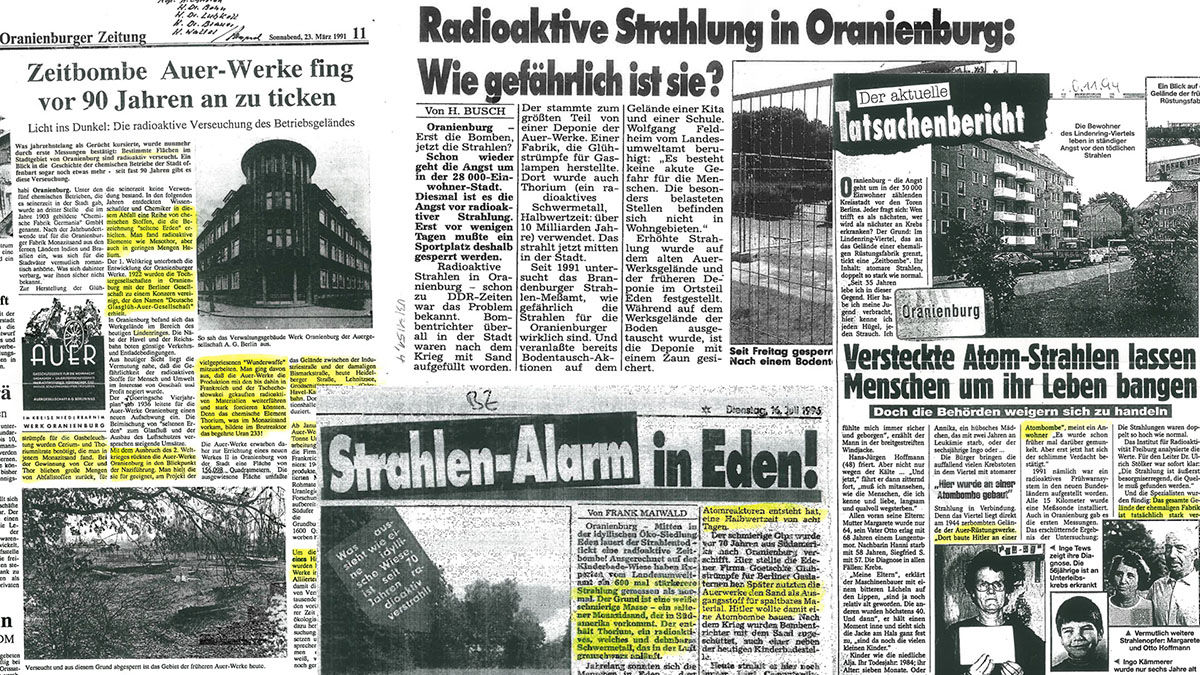
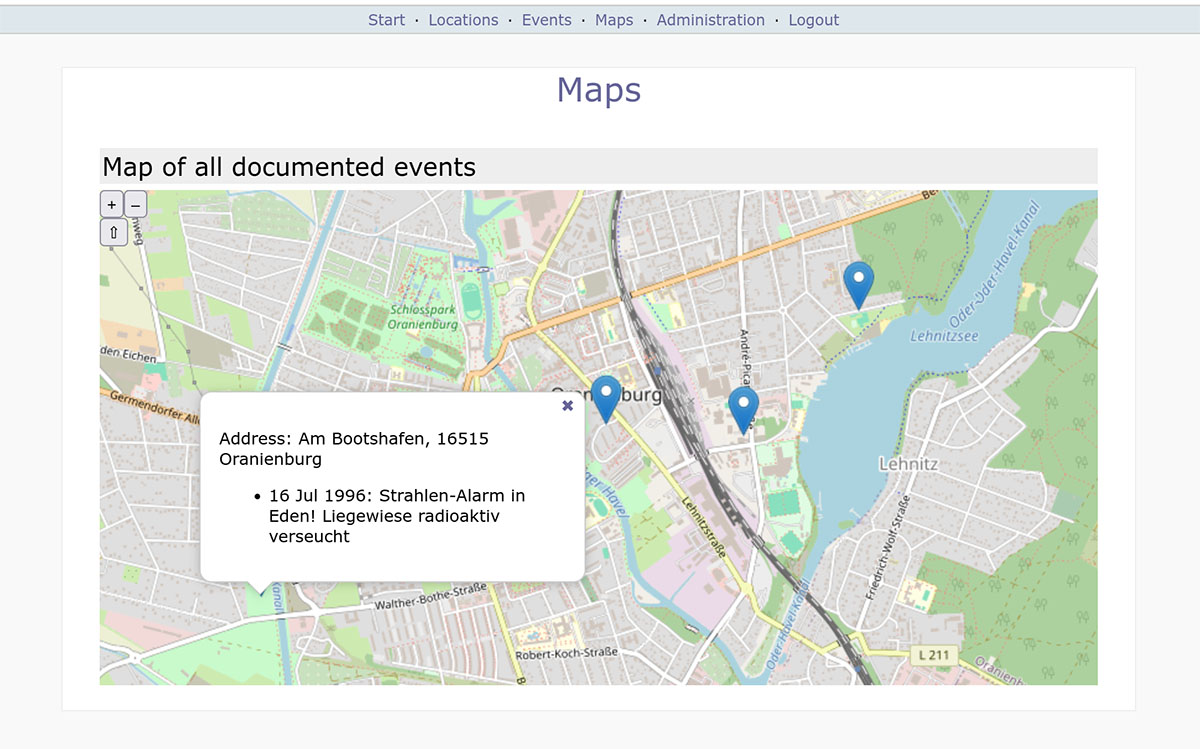
Deep Repository
The final remaining question is what traces of material residues can still be found in Oranienburg today, and to what specific past they do refer. So what exactly was the cause of radioactive contamination in the age of rare earths?
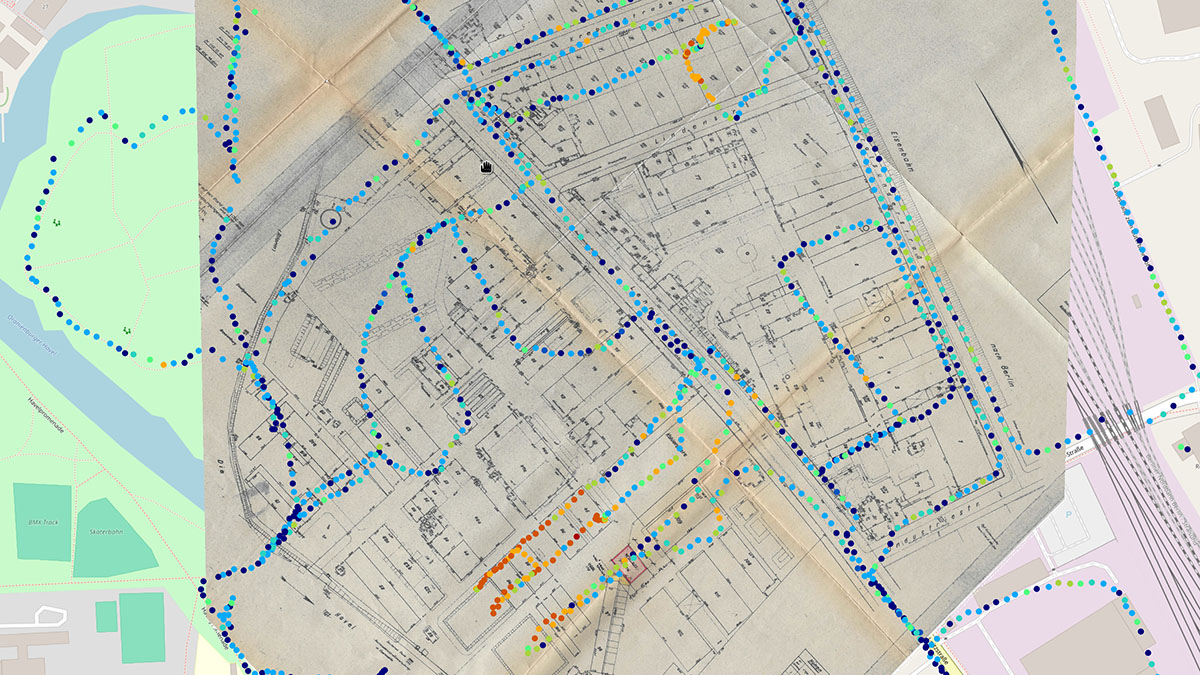
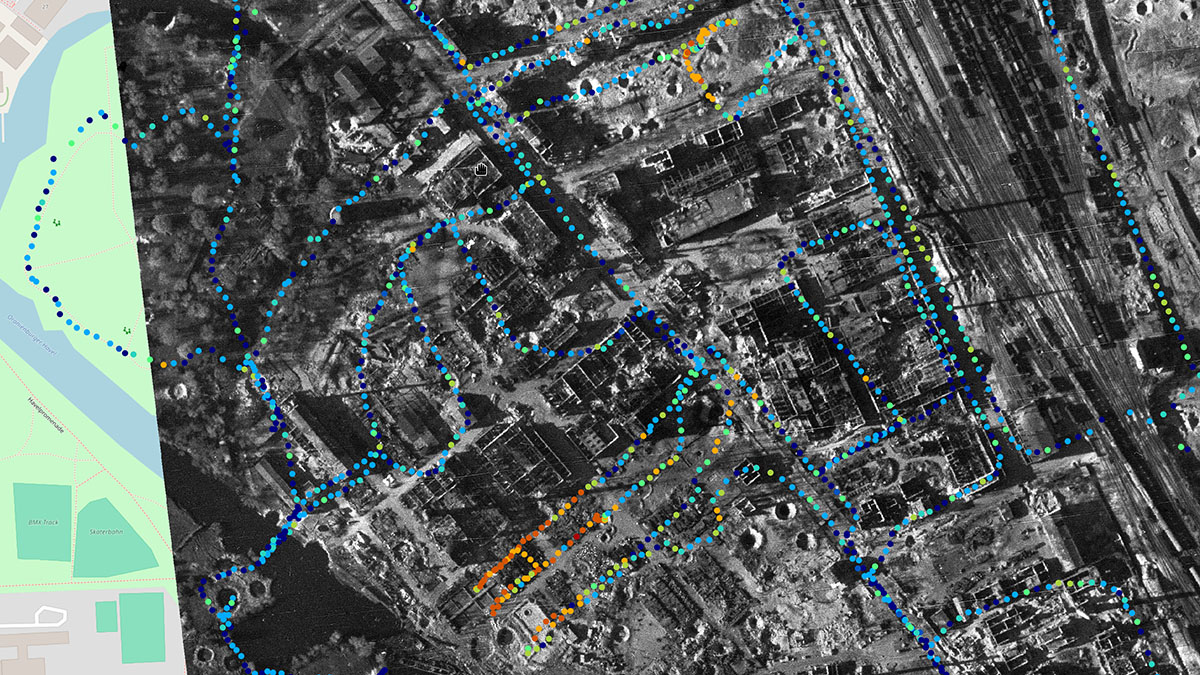
To answer this question, we took our own measurements of gamma activity in Oranienburg. The measurements were linked to GPS coordinates and connected to historical data via geomapping. The »walk« across the site of the former Auer factory reveals two spots of contamination. Let’s take a look at the measurement area in the south as an example. Today, the site is covered with garages, probably dating from the 1950s/60s, and has already been intensively researched in the past. Evidence of these measurements can be seen in the form of drill holes at regular intervals on the concrete slabs.
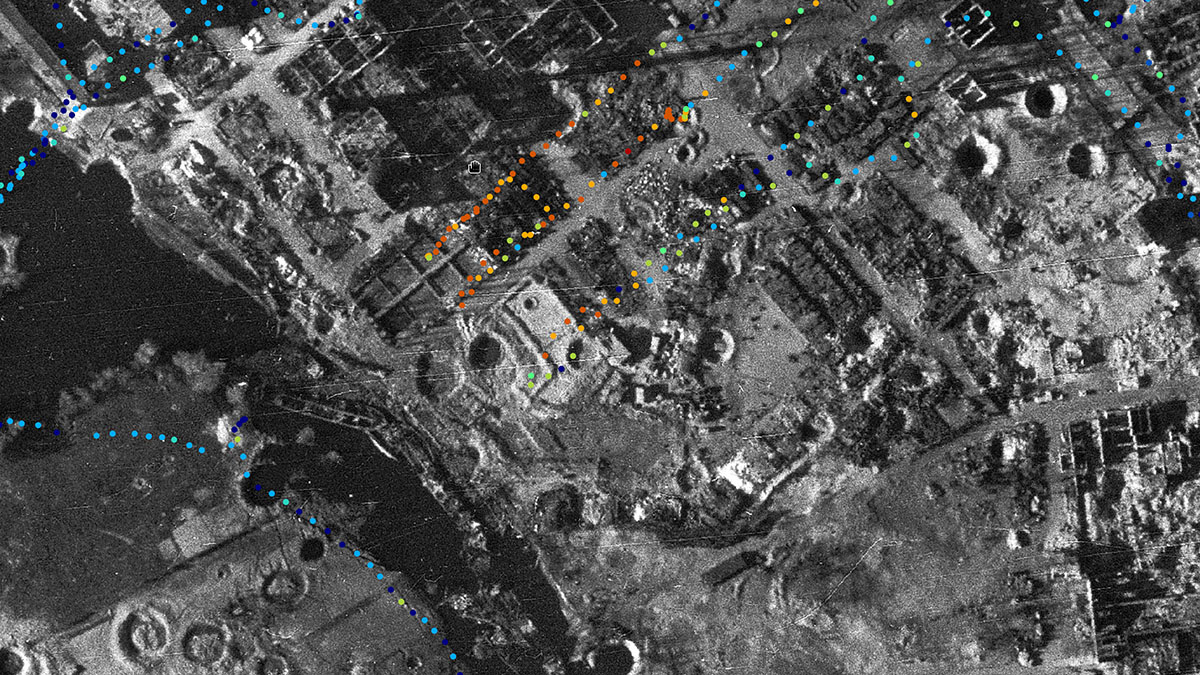
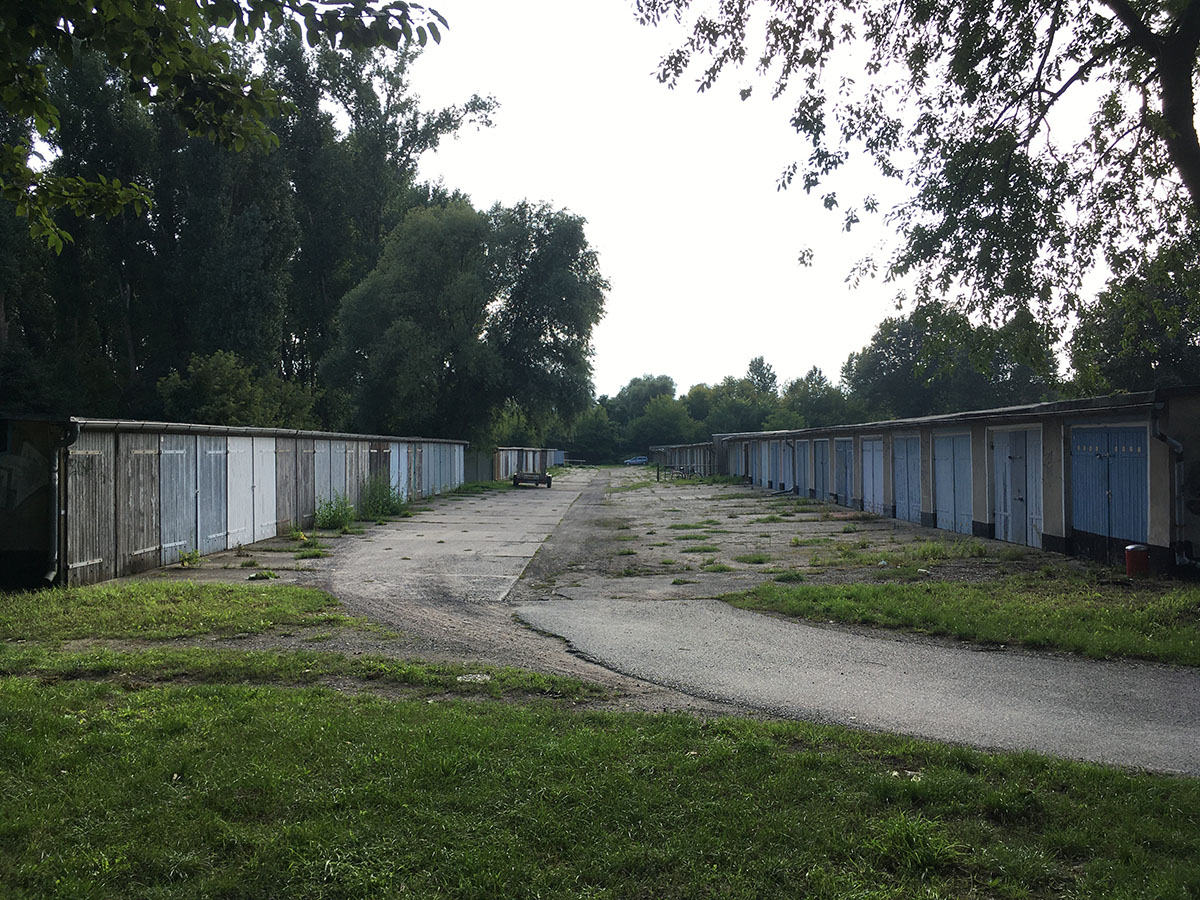
Geomapping using QGIS allows these measurement traces to be further specified: this area is not a specific plant area for radioactive production or the storage of monazite sand reserves, but rather the area where the settling tanks were located. The aerial photograph from 1928 clearly shows that there were no settling tanks here at that time, meaning that they were only built during the period when Degussa took over.

The bombing of the site reduced this historical depth to a micro-point in history. Thorium has a half-life of 14 billion years. In this respect, soil contaminated with these material residues remains contaminated practically »forever«. But this also means that the historical traces emanating from this contamination remain preserved and legible. The bombing did indeed put an abrupt end to the continuous leakage of rare earths into the soil. But at the same time, it made their long history of radioactive traces visible for the first time.
Enjoy Reading This Article?
Here are some more articles you might like to read next: